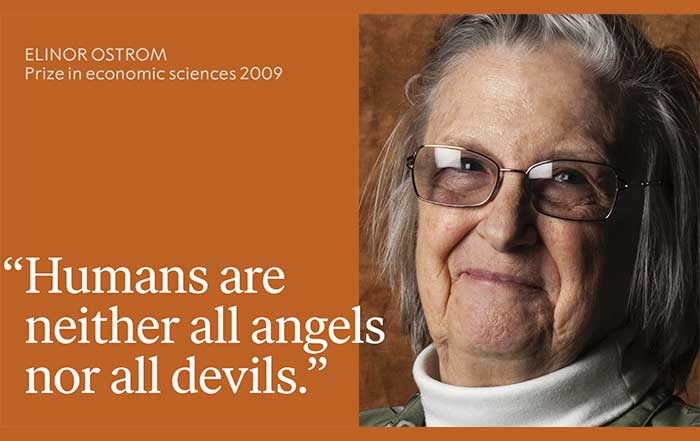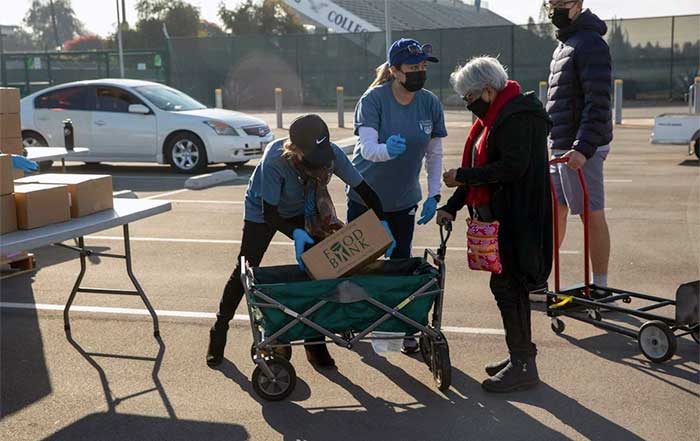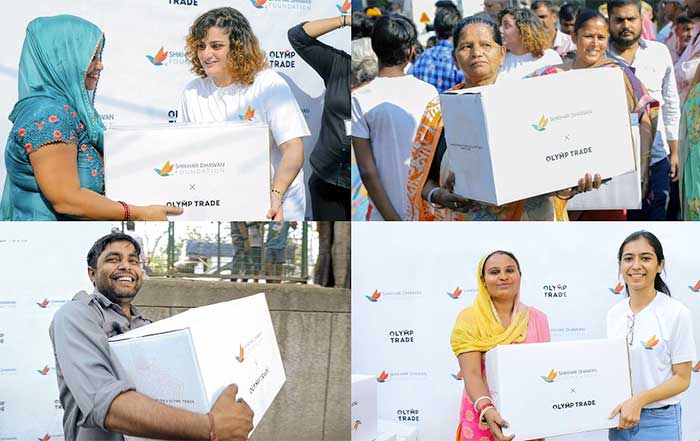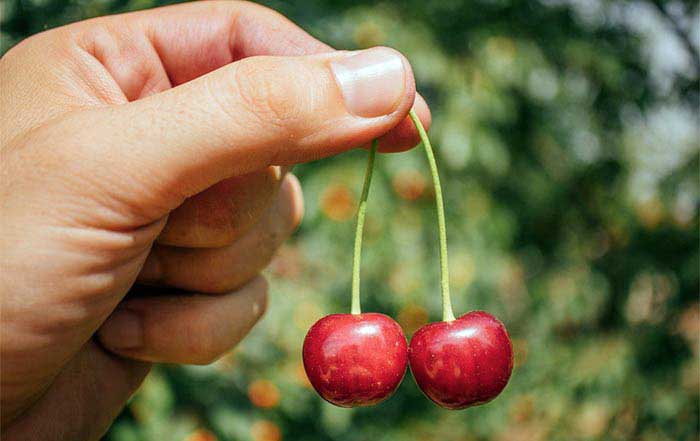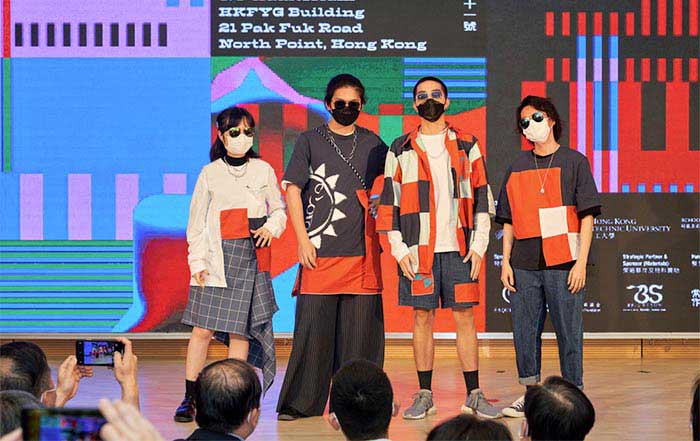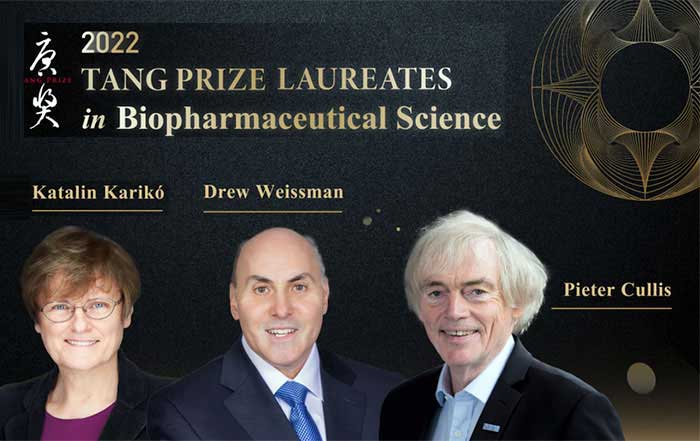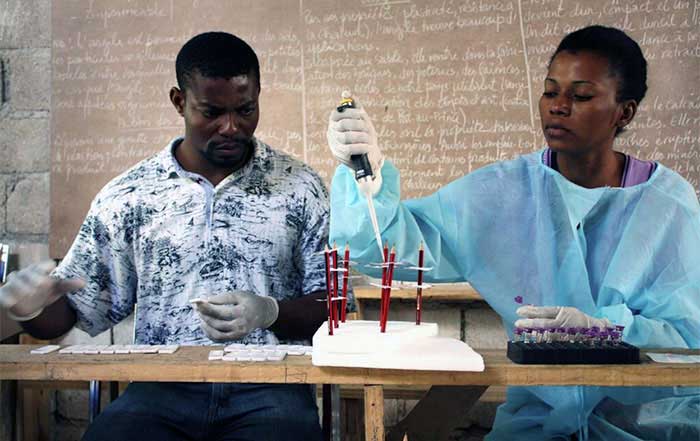For more than a century, the Nobel Prize has been awarded to more than 800 individuals from around the world. Even though the majority of Nobel Prize recipients have been men, a growing number of female nominees are being recognized for their outstanding achievements. In order to identify the female nominees, it is important to understand the Nobel Prize selection process. Each year, the Nobel Committees for the different categories evaluate a large number of candidates and select a few to be nominated for the Prize.
The selection is based on the candidate’s work, its impact, and the potential to contribute to the advancement of knowledge in their respective field. Once a nominee has been identified, they are put forward to the Nobel Assembly; the latter is made up of members of the four Nobel Committees and other experts. The Assembly then makes a final decision on the awardee.
Since the Nobel Prize is a global award, the nominees come from all over the world. In recent years, the number of female nominees has been steadily increasing. In 2016, for example, five of the six nominations for the Nobel Prize in Chemistry were female scientists. This is an encouraging trend -it suggests more women are getting recognized for their contributions in science and other fields. Likely, this trend of recognizing female nominees is likely to continue in the future.
As more women are given the opportunity to make their mark on the world, the number of female nominees is likely to increase. In addition, the recognition of female nominees always inspires young women to pursue a career in science or other fields. Hence, it is important to recognize the female nominees who have been recognized for their achievements. Their work is a testament to the power of female leadership and the potential to make a difference in the world. By acknowledging their accomplishments, we celebrate their success and serve as an inspiration for the next generation of female scientists.
As the world celebrates the achievements of Nobel Prize laureates and winners, it’s important to remember that the Nobel isn’t just a boys’ club. Throughout the decades, many female nominees have been identified. While no woman has ever won the Nobel Prize in Physics, there have been a number of female nominees.
In 1963, Maria Goeppert-Mayer was the first woman to get nominated for the Nobel Prize in Physics. Since then, other nominees have included Vera Rubin in 1993, Jocelyn Bell Burnell in 1974, and Sau Lan Wu in 1990. In Chemistry, a number of female nominees have also been identified. Among these, Dorothy Hodgkin was the first woman to get nominated for the Nobel Prize in 1964.
Other female nominees include Ada Yonath in 2009, Jacqueline K. Barton in 2001, and Frances Arnold in 2018. In the field of Economics, Esther Duflo was the first woman to get nominated for a Nobel Prize in 2009. Since then, other female nominees have included Elinor Ostrom in 2009 and Abhijit Banerjee and Esther Duflo in 2019. In the field of Medicine, the first female to be nominated for the Nobel Prize was Gerty Cori in 1947. Since then, other nominees have included Elizabeth Blackburn in 2009, Carol W. Greider in 2009, and Françoise Barré-Sinoussi in 2008.
In Literature, the first woman to be nominated for the Nobel Prize was Selma Lagerlöf in 1909. Since then, other nominees have included Toni Morrison in 1993, Wislawa Szymborska in 1996, and Alice Munro in 2013. These achievements stand as a testament to the talented female minds that make the nominees list.
While the number of female nominees is still far lower than the number of male nominees, these women have done much to push the boundaries in science and Literature. As such, as we celebrate the achievements of the Nobel Prize Laureates, let’s recognize the female nominees. Their contributions to Science, Literature, and Economics are just as important as those of their male counterparts.
One way to identify the Nobel Prize female nominees is to look through the list of past winners. Such a list is a great starting point. Additionally, other segments, like the International Women’s Peace Prize, have awards specifically set aside for women.
Thus, the International Women’s Peace Prize is an annual award that recognizes female peacemakers for their efforts in promoting peace and justice. Further, it is important to look at current trends in the Nobel nominations. Yes, it is also important to look at who is currently being nominated. There are several websites dedicated to tracking the most recent Nobel Prize nominations- these provide a good starting point for identifying potential female nominees.

